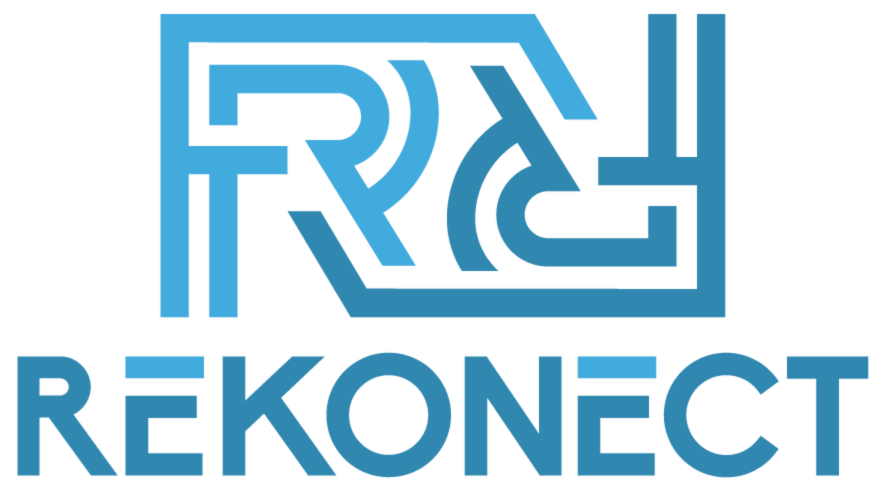Spring is a season of renewal, a time when nature reinvents itself with bursts of color and life. It’s also an ideal moment for nonprofit leaders to adopt a similar approach and refresh their organizational operations. Just as you might declutter your living space and reorganize your home, a nonprofit “spring cleaning” involves reviewing and refining the core elements that drive your organization’s success.
This can affect everything from missions and goals to fundraising campaigns. Speaking of the latter, you can check out this guide we made about preparing fundraising campaigns for spring.
For the rest, take a look at the steps provided below.
Step 1: Review Your Mission and Goals
At the heart of every nonprofit is its mission—a guiding beacon that directs all activities and initiatives. However, as your organization evolves and the external environment shifts, your original mission and goals might need revisiting. Here are some questions to guide this reflective process:
- Are our current activities in line with our mission?
Take a close look at your programs, outreach efforts, and partnerships. Do they reflect the core purpose your organization was built upon? If certain activities have drifted from your primary objectives, consider re-aligning them or phasing them out. - Have there been significant changes in the community or sector we serve?
Economic, social, or technological changes can alter the needs of your community. Reflect on whether your goals still address these evolving needs effectively. - What new opportunities or challenges have emerged?
Sometimes growth comes from unexpected directions. Consider if emerging trends or new funding opportunities could be integrated into your mission, thereby strengthening your impact.
Taking the time to review your mission can reinvigorate your team’s passion and ensure that everyone is aligned with the nonprofit’s core purpose. This exercise not only provides clarity but also creates a foundation for setting new, actionable goals that reflect your current reality.
Step 2: Audit Your Financials
A thorough financial audit is a critical component of nonprofit maintenance. It’s not only about ensuring that your books balance but also about fostering transparency and accountability. Here’s how you can conduct an effective financial audit:
- Reconcile Your Accounts:
Begin by reviewing your bank statements, donation records, and expense reports. Look for any inconsistencies or discrepancies. A meticulous comparison of your financial records against bank statements and invoices can help you catch errors before they become larger issues. - Review Compliance and Regulatory Filings:
Ensure that your organization is in compliance with all relevant local, state, and federal financial reporting requirements. This includes regular audits, timely filings, and any necessary documentation for regulatory bodies. Compliance not only builds trust with donors and stakeholders but also minimizes the risk of fines or legal complications. - Assess Your Budget:
Examine your current budget against actual performance. Are there areas where spending significantly deviated from your projections? If so, analyze whether these deviations were justified by new opportunities or if they signal underlying issues that need to be addressed. - Plan for the Future:
Use insights from your audit to adjust your financial strategies. This might involve reallocating funds, identifying potential cost-saving measures, or forecasting future financial needs more accurately. A proactive approach to budgeting can help safeguard your nonprofit against unexpected challenges.
By ensuring that your financial records are accurate and compliant, you lay the groundwork for a financially healthy organization. A clean financial slate can boost donor confidence and facilitate smoother operations overall.
Step 3: Organize Your Donor Database
Your donor database is one of your most valuable assets, as it contains critical information that fuels your fundraising and outreach efforts. Over time, however, data can become outdated or fragmented. A donor database audit can help you maintain a high level of data integrity and improve your engagement strategies. Consider the following steps:
- Update Contact Information:
Review your database to ensure that all donor information is current. This means verifying names, addresses, emails, and phone numbers. An updated database can significantly improve your communication efforts and reduce the likelihood of messages bouncing back. - Eliminate Duplicates:
Duplicate entries not only inflate your donor count but can also lead to inefficiencies in your communication strategy. Use database tools to identify and merge duplicate records, ensuring that each donor has a single, consolidated profile. - Segment Your Donors:
Categorizing donors based on various criteria such as donation frequency, amount, or area of interest can enable more targeted and personalized outreach. Effective segmentation means that you can tailor your messaging to different groups, enhancing engagement and fostering stronger relationships. - Back Up Your Data:
Regular backups are essential to protect against data loss. Ensure that your updated database is stored securely, with regular backups scheduled to capture any new changes.
A well-organized donor database is crucial for the effectiveness of your fundraising campaigns. It helps streamline communication, improve reporting, and ultimately contribute to building stronger, more enduring relationships with your supporters.
Step 4: Refresh Your Digital Presence
In an increasingly digital world, your online presence is often the first point of contact for potential supporters, volunteers, and partners. An outdated website or inactive social media profiles can give the impression that your organization is behind the times. This step is about ensuring that your digital platforms accurately reflect your current mission and vibrancy.
- Audit Your Website:
- Content Review: Start by reviewing the content on your website. Remove outdated information, such as old events or outdated project descriptions. Ensure that all pages reflect your organization’s current activities and goals.
- Visual Updates: Consider updating the visuals on your site. Fresh images, modern graphics, and updated branding can breathe new life into your online presence.
- Mobile Optimization: With an increasing number of users accessing websites via smartphones, it’s essential that your website is fully optimized for mobile devices. A responsive design ensures that visitors have a seamless experience, regardless of the device they use.
- Content Review: Start by reviewing the content on your website. Remove outdated information, such as old events or outdated project descriptions. Ensure that all pages reflect your organization’s current activities and goals.
- Social Media Check-Up:
- Consistency Across Platforms: Make sure that your branding, messaging, and contact information are consistent across all your social media profiles.
- Engagement Strategy: Assess your current social media strategy. Are you actively engaging with your followers? Regular, thoughtful posts can help maintain a vibrant community around your organization.
- Content Calendar: Implement a content calendar to schedule regular updates. Consistent posting not only keeps your audience engaged but also boosts your organization’s online visibility.
- Consistency Across Platforms: Make sure that your branding, messaging, and contact information are consistent across all your social media profiles.
Refreshing your digital presence isn’t just about aesthetics—it’s about ensuring that your organization communicates effectively with its audience. A modern, well-maintained online presence can help attract new supporters and reinforce the credibility of your nonprofit.
In addition to all of that, you might want to consider a marketing audit. Forbes wrote a recent article talking about the importance of doing so.
Step 5: Streamline Operations
Behind every successful nonprofit is an efficient set of operations. This final step focuses on identifying and eliminating inefficiencies in your day-to-day processes, ensuring that your team can work as effectively as possible.
- Map Your Processes:
Start by documenting your current workflows. Identify any bottlenecks or redundant steps that might be hindering productivity. Process mapping can reveal surprising insights into how tasks are completed and where improvements can be made. - Evaluate Your Tools:
Consider the technology and software you use on a daily basis. Are these tools meeting your needs, or is it time to upgrade? Modern, user-friendly tools can help streamline tasks, reduce errors, and improve overall efficiency. - Reassess Team Roles:
Review the roles and responsibilities of your team members. It might be beneficial to realign tasks based on individual strengths or to provide cross-training to enhance versatility. When everyone is clear about their roles and equipped to perform their tasks efficiently, the organization runs more smoothly. - Develop Standard Operating Procedures (SOPs):
Having clear, documented procedures for regular tasks can help ensure consistency and efficiency. SOPs serve as a valuable resource for training new staff and for maintaining high standards across the board.
Streamlining operations is about making your nonprofit as agile and efficient as possible. By optimizing workflows, investing in the right tools, and clarifying roles, you free up valuable time and resources that can be redirected towards fulfilling your mission.
Conclusion
Spring cleaning for your nonprofit is an ongoing process—a series of manageable steps that, when taken together, can transform your organization. By reviewing your mission, auditing your financials, organizing your donor database, refreshing your digital presence, and streamlining your operations, you set the stage for sustained growth and success. Remember, even small changes can have a significant impact over time.
As you embark on this journey, consider taking advantage of the resources available to help guide you through the process. Rekonect offers a range of tools and expert guidance designed specifically for nonprofits. Whether you’re looking for strategic planning advice, financial auditing tools, or digital marketing tips, Rekonect’s resource directory is a valuable asset to support your ongoing improvements.Want to learn more about getting your nonprofit ready this spring? Contact Rekonect today!

